Images of Poverty
We are so used to images of poverty from developing countries that their impact is diminished. We are told there is an inevitability about poverty. This is not to say that the mainstream media is overflowing with poor people, on the contrary it is overflowing with celebrity. Nevertheless the physical conditions of the majority of humanity is not addressed by the media enough, creating a kind of consumerist media bubble for the richer nations with millions of consumers. The images of poverty that we do see are devalued because they come with an editorial baggage suggesting hopelessness because of state corruption, environmental disasters or other misfortunes; everyone is a helpless victim. There is little analysis of the foreign policy of richer nations and the role of multinationals and their impact on the majority world. Niether is their consideration for movements based on solidarity and a fight for justice.
The photograph below illustrates life for some young children in Bangladesh. They survive with a small income by selling on recyclable objects.
How do you connect a photograph like the one above with the lives of people in the richer world? The photomontage below attempts to close the circle by placing the child’s environment in the city of London thus raising a host of issues relating to the cause of poverty in countries like Bangladesh.
At its simplest the photomontage above attempts to explode the myths that poverty (such as that seen above) is inevitable and unconnected with policies in richer countries. It is designed to get people talking and challenging stereotypes about the causes of poverty.



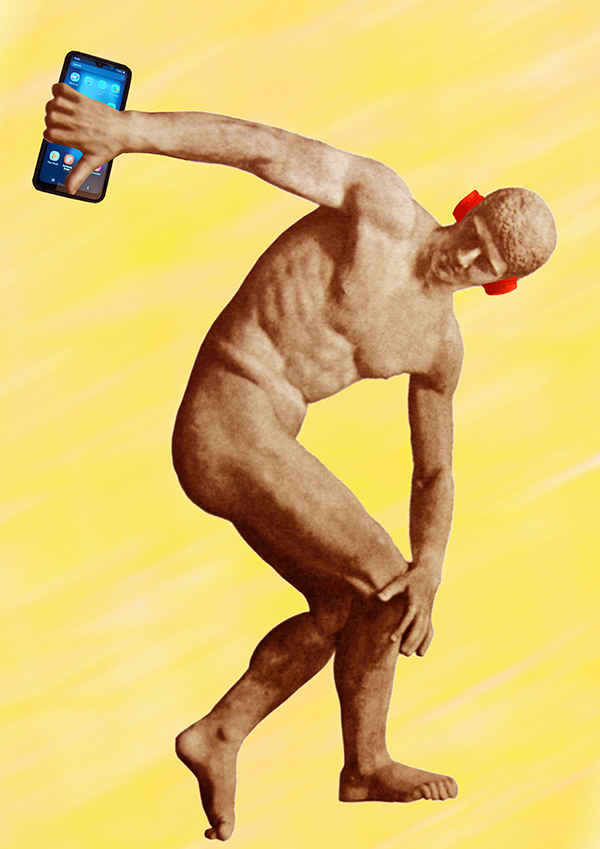
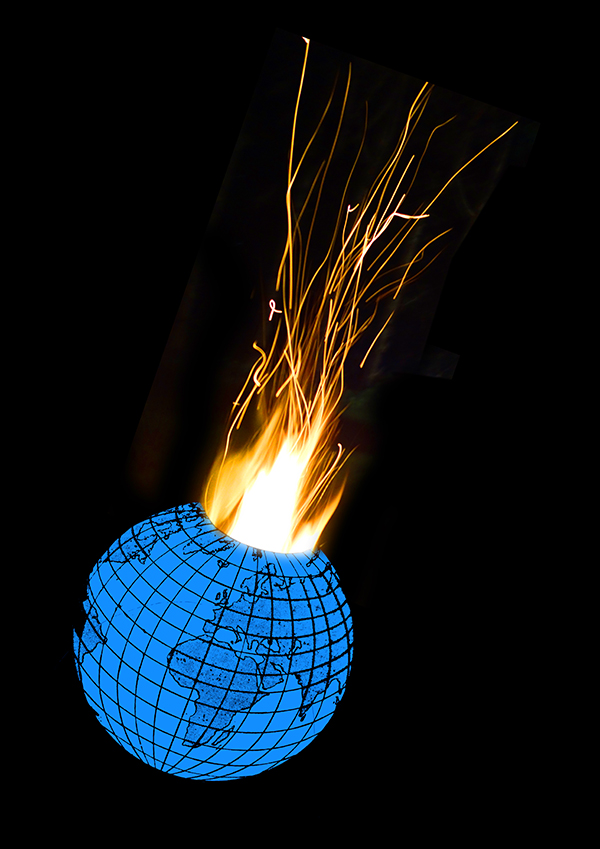
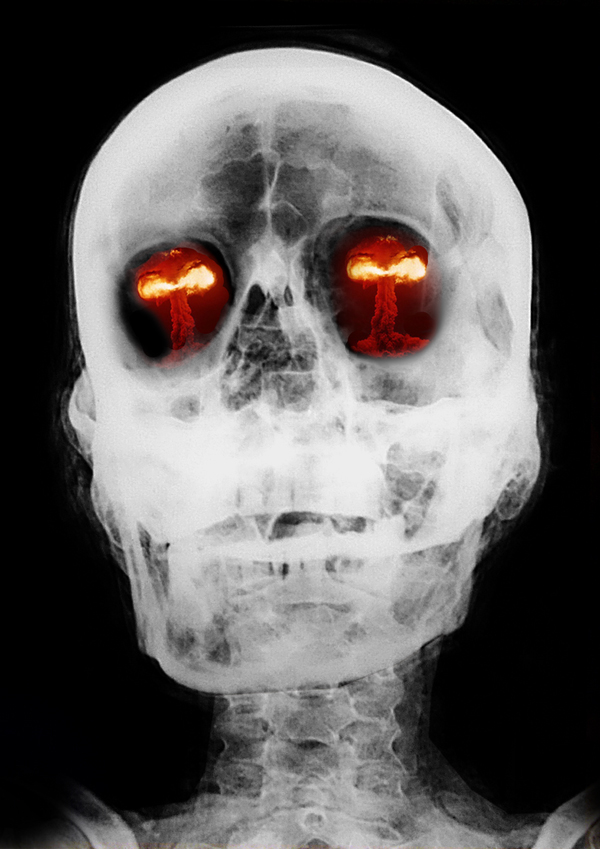


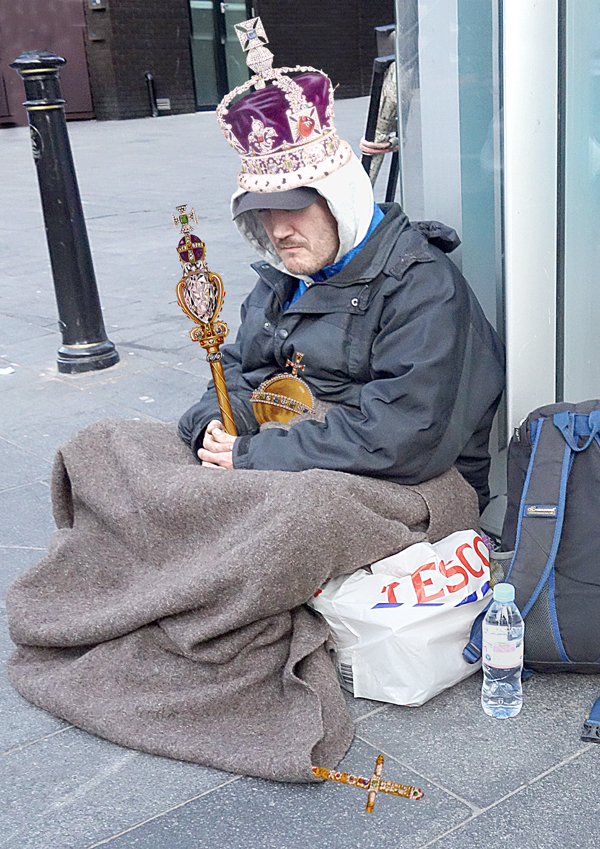

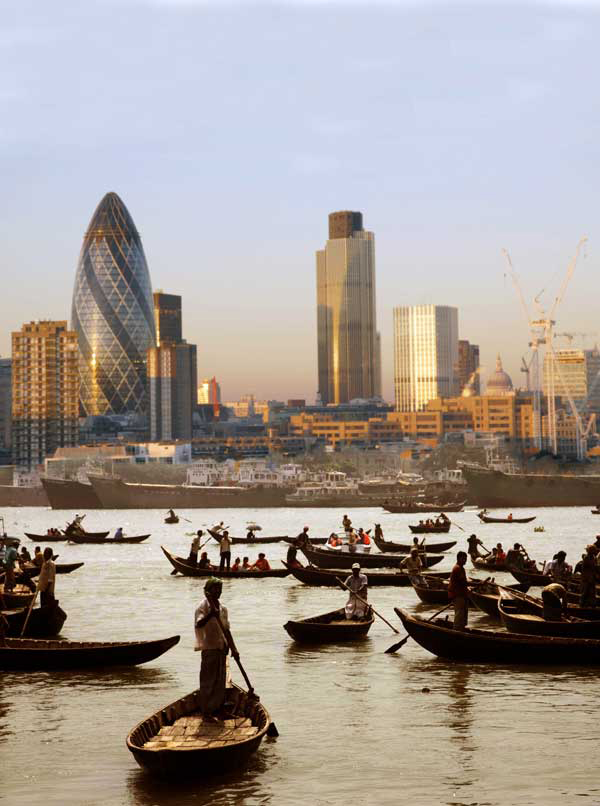
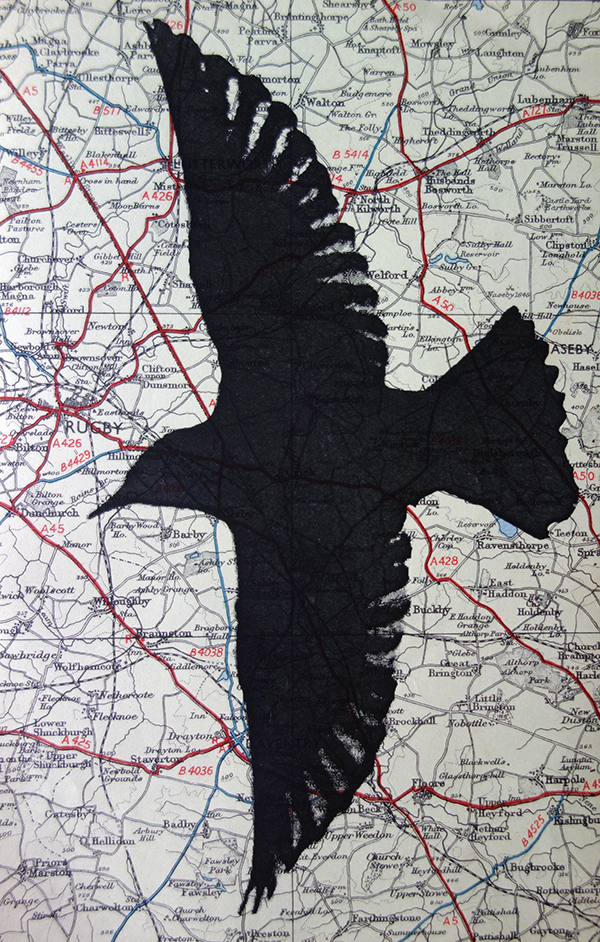


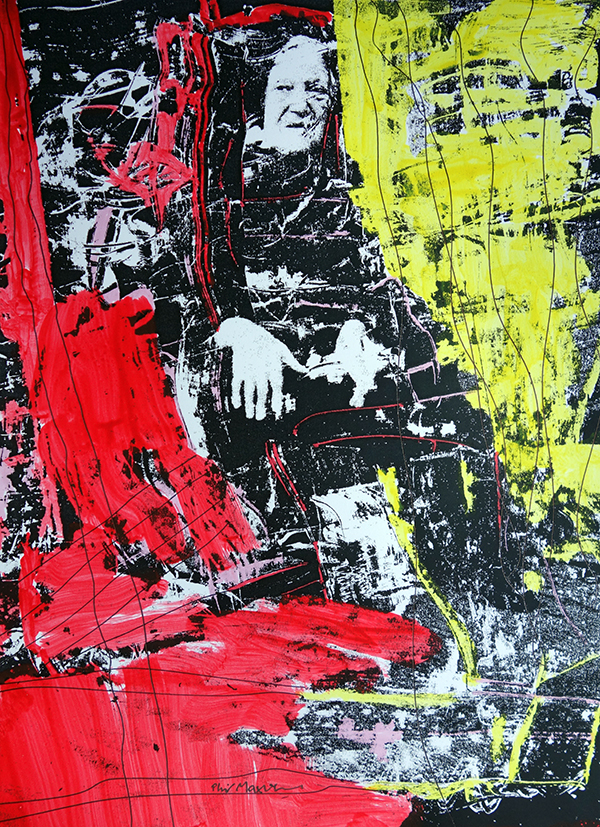

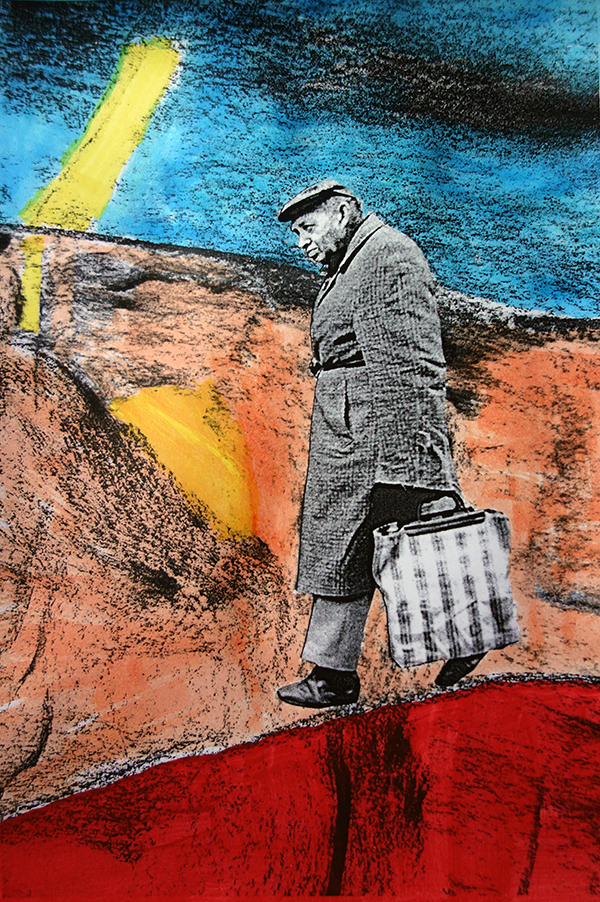
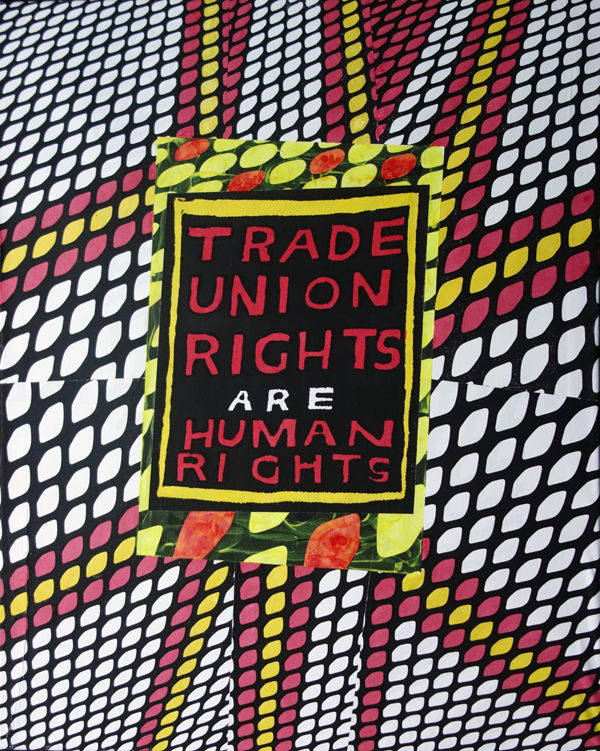
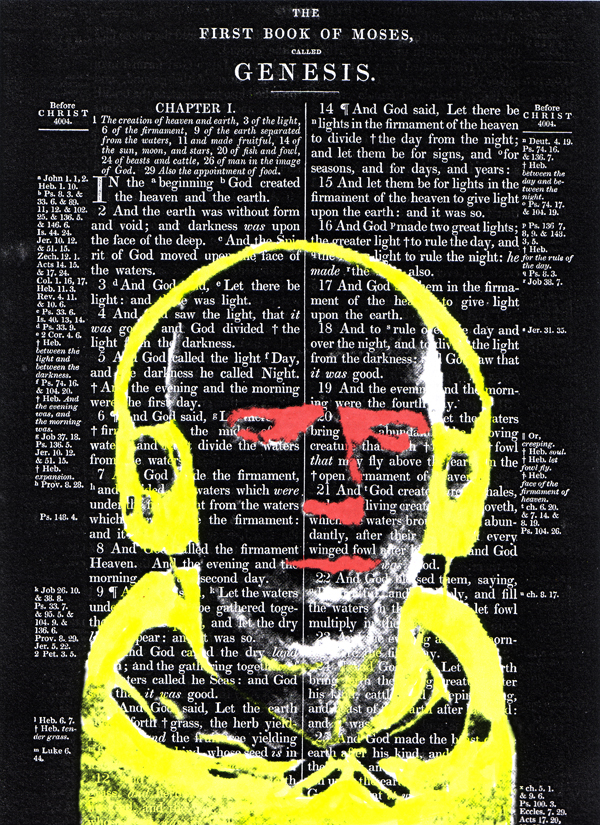
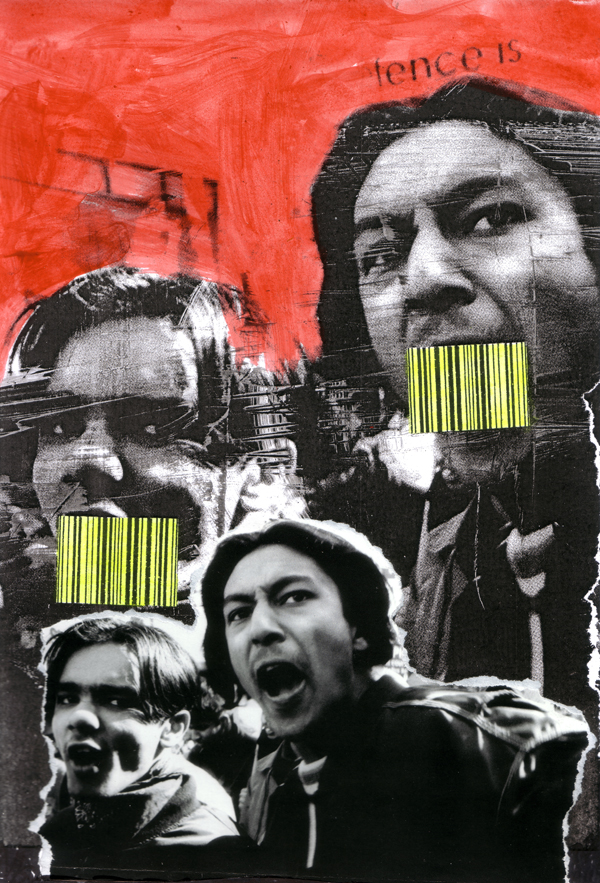

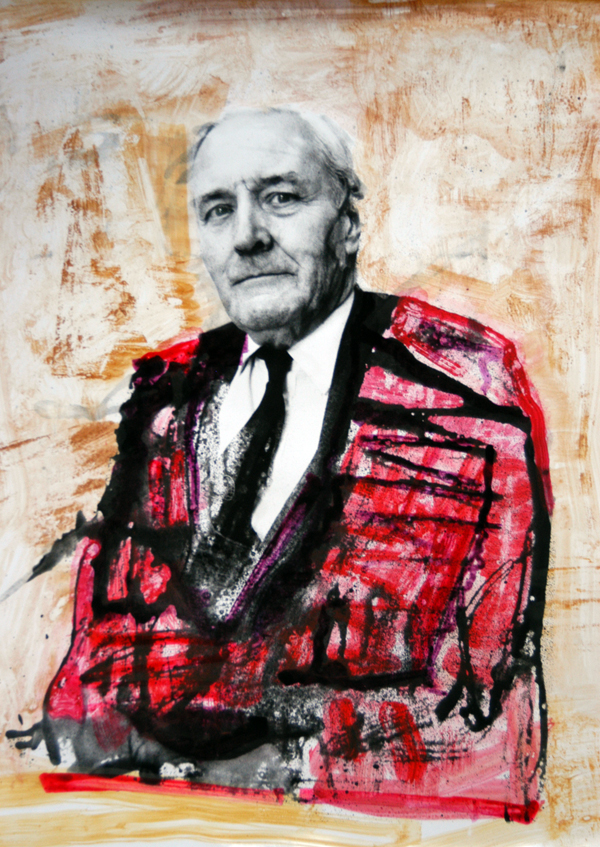

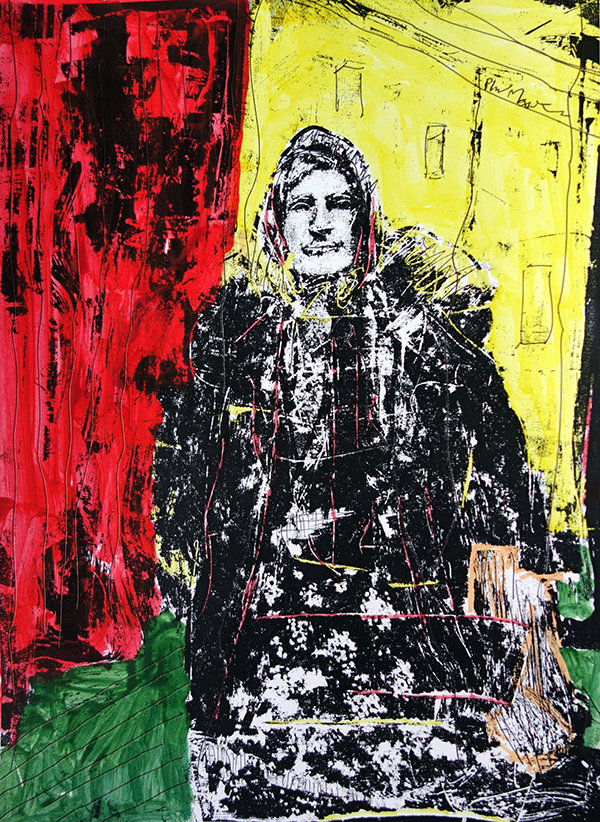
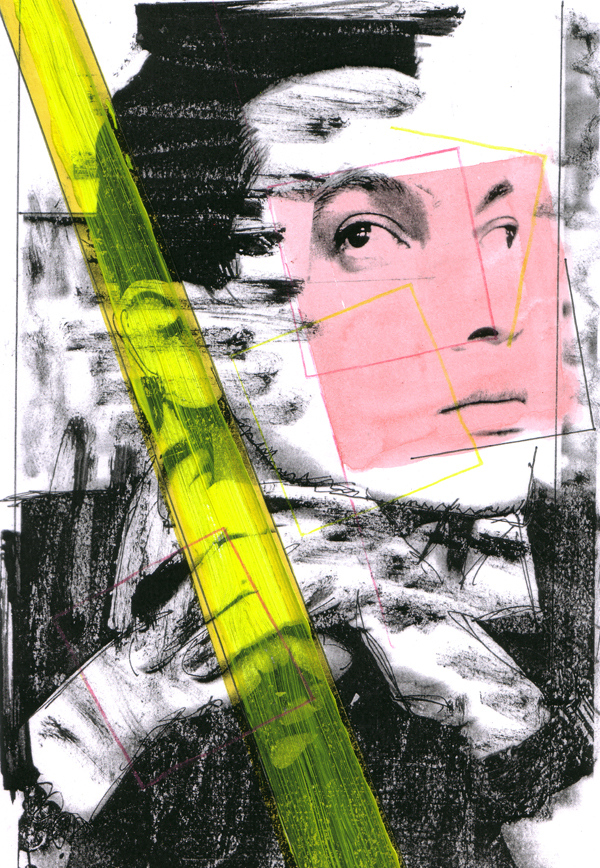
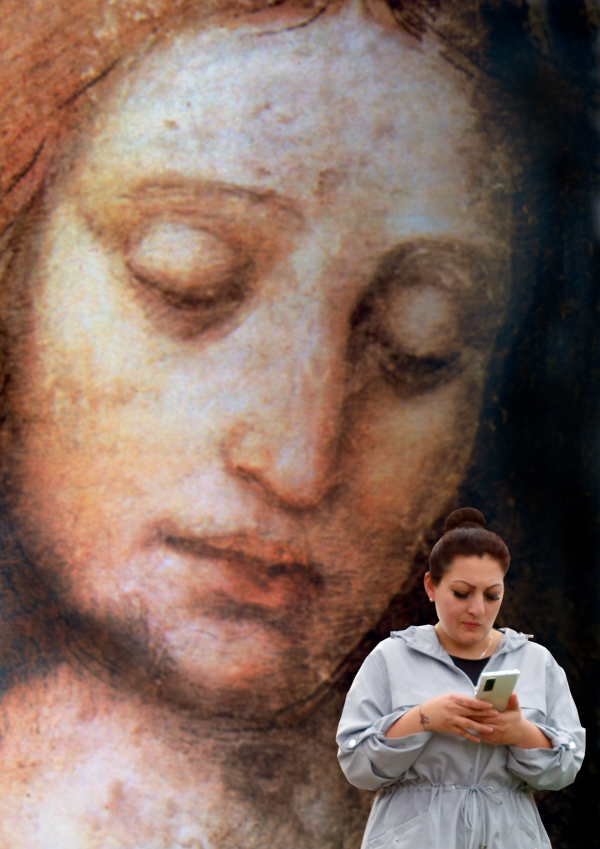
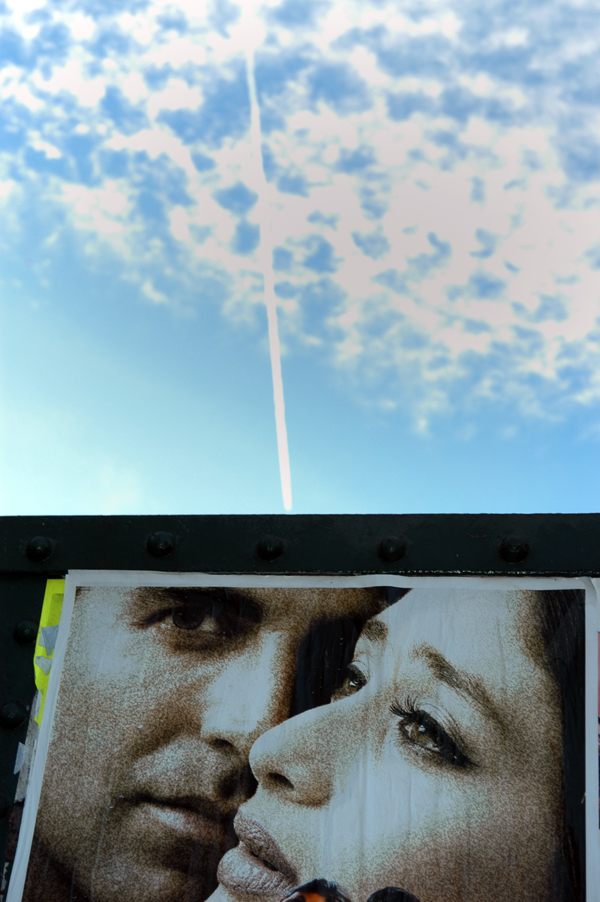
Max only can say this is the “Realism”